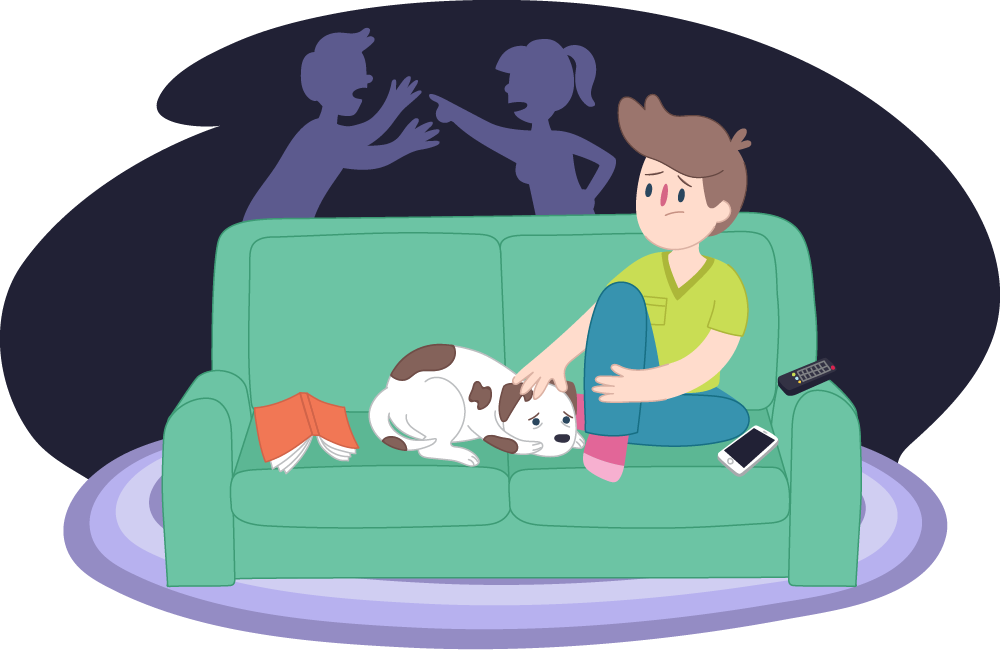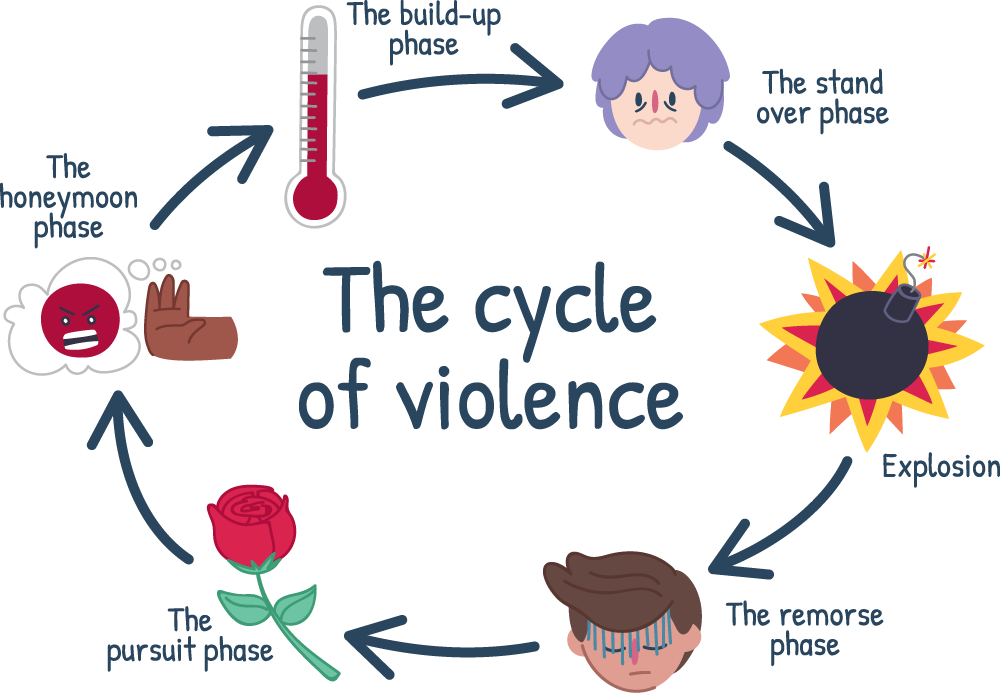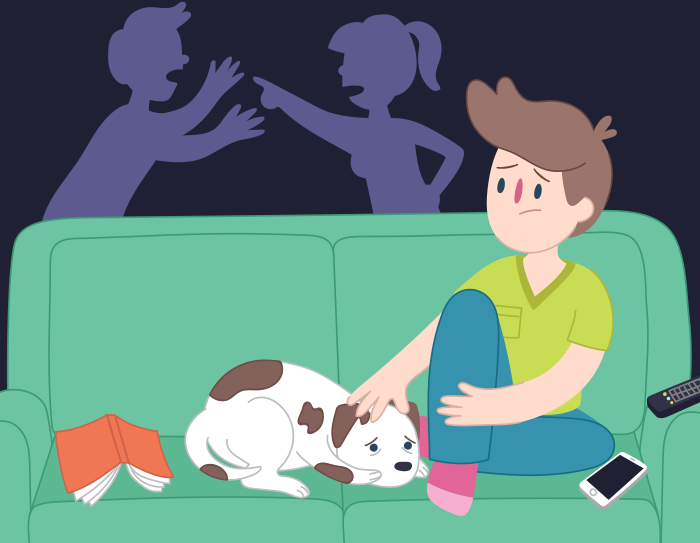Domestic violence at home
Violence or abuse at home isn’t ok. Everybody deserves to feel safe and free to be themselves.
Content Warning: this article contains violence and trauma related content that may be triggering or distressing.

Everybody deserves to be treated with respect and dignity
Domestic violence at home creates a climate of fear and tension
- Domestic violence – also known as family violence – isn’t about somebody being unable to control their anger. It’s about the person who uses violence believing they are entitled to have power and control over others.
- Some forms of family violence – stalking, threats, sexual and physical abuse – are a crime.
- Once family violence begins, it may get worse over time.
- There is help for people who use violence to change their behaviour.
Types of violence
Here are some examples of how people using violence control their partners:
Controlling the family finances
Isolating their partner from others
Verbal abuse and put downs
Threatening or hurting pets
Emotional abuse and humiliation
‘Gaslighting’ and manipulation
Threats and intimidation
Physical or sexual abuse
Accusations and starting arguments
Use of weapons or objects thrown

The cycle of violence
There are six stages in the cycle of violence as set out by Lenore Walker.
These stages may not be the same for everyone. But this model can help you understand how the violent behaviour occurs.
- The build-up phase – Relationship becomes tense and the person who uses violence increases their verbal, emotional or financial abuse
- The stand over phase – Described as ‘walking on eggshells’ and fear that anything might set off the abuse
- Explosion – The peak of the cycle where the person who uses violence, does something violent to control the other person and tension is released
- The remorse phase – The person who uses violence may feel ashamed and withdraw from the other person or try to justify their actions
- The pursuit phase – The person who uses violence promises to change or makes up for their behaviour eg. giving gifts, increased affection and attention
- The honeymoon phase – Denial over how bad the abuse/violence is and ignoring the likelihood of it happening again
Experiencing domestic violence at home
While everybody responds differently, here are some things you might be feeling or thinking if there’s violence or abuse at home:
If there is an emergency or you’re in need of immediate help call 000 (if you’re in Australia)
Having supportive people outside the situation can make a difference
If there’s violence or abuse at home then it’s important to find people that you can trust to talk to.
These people might include:
- A Kids Helpline counsellor
- An older relative or friend
- A trustworthy adult, like a teacher or school counsellor
Check these out too:
Staying safe in an abusive home
You have a right to be safe. In an unsafe environment like ...
READ MEPhysical violence and abuse
Violence is never okay. If you or someone you know is experiencing ...
READ MEUnderstanding emotional abuse
When an adult is hurting you with their words or actions over ...
READ MEAbuse myths and facts
The truth about abuse: myths, facts and shining a light on victim-blaming
READ METalking helps! We’re here for you.
No problem is too big or too small.
We're here 24 hours a day, 7 days a week






